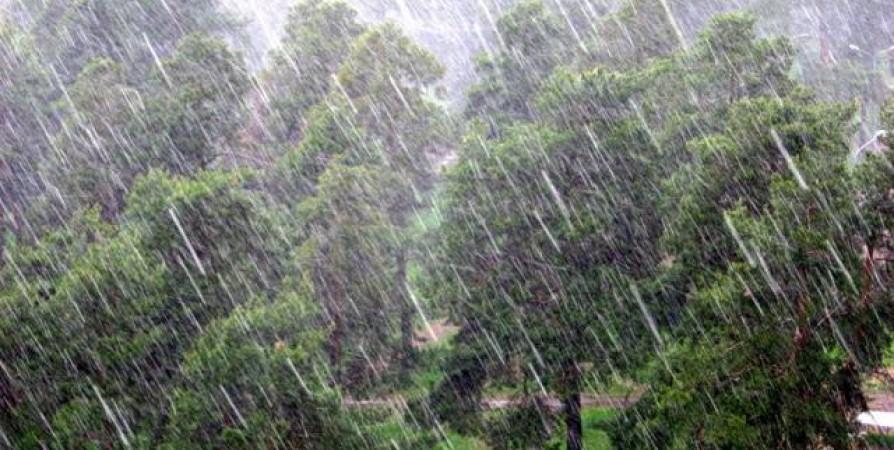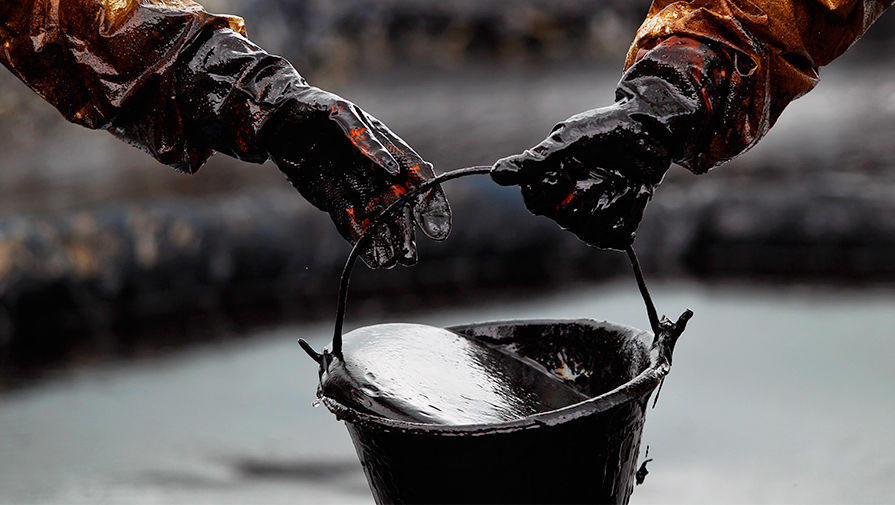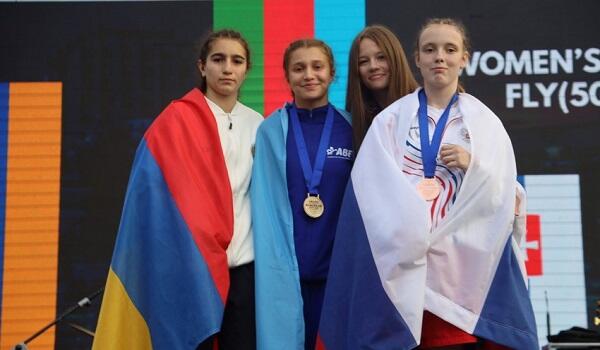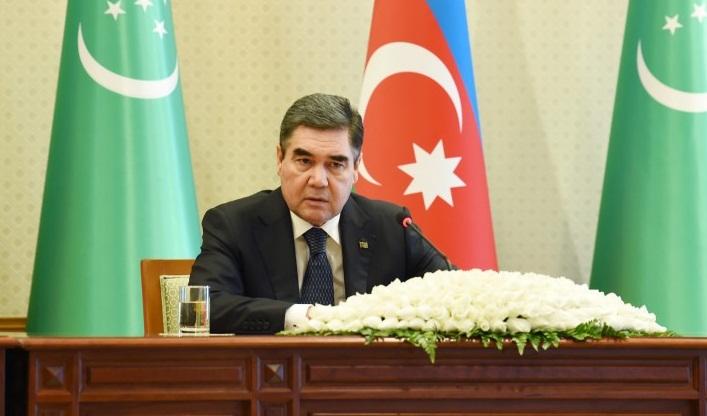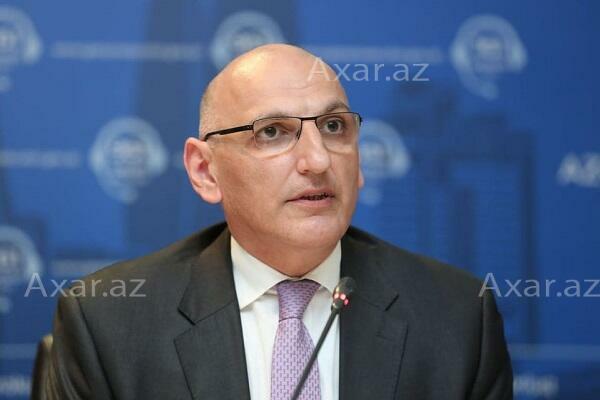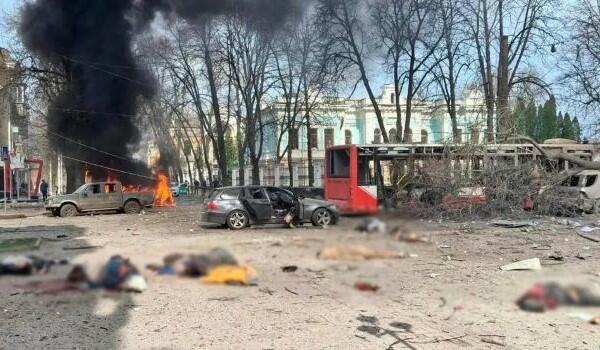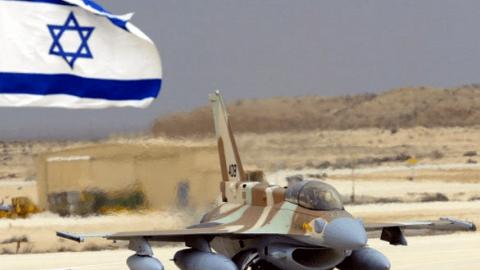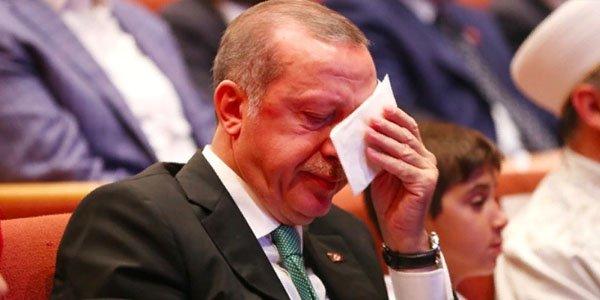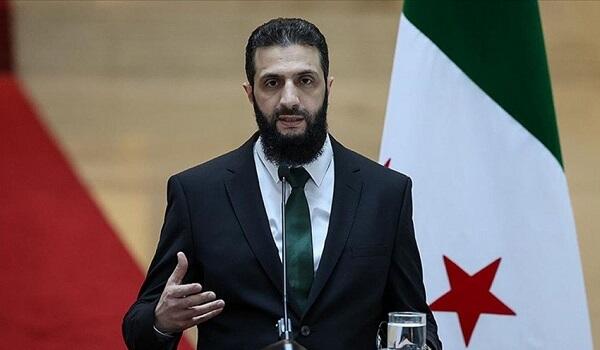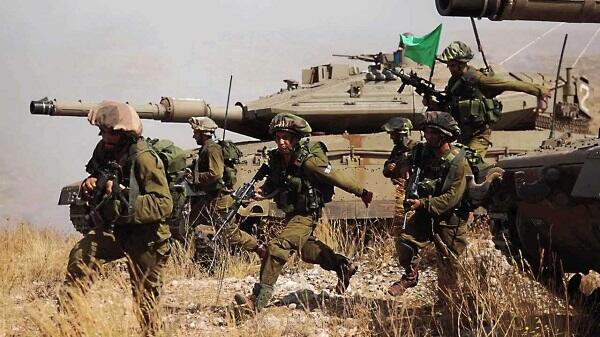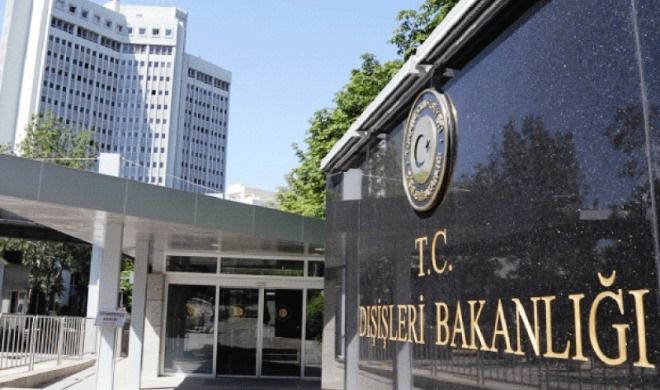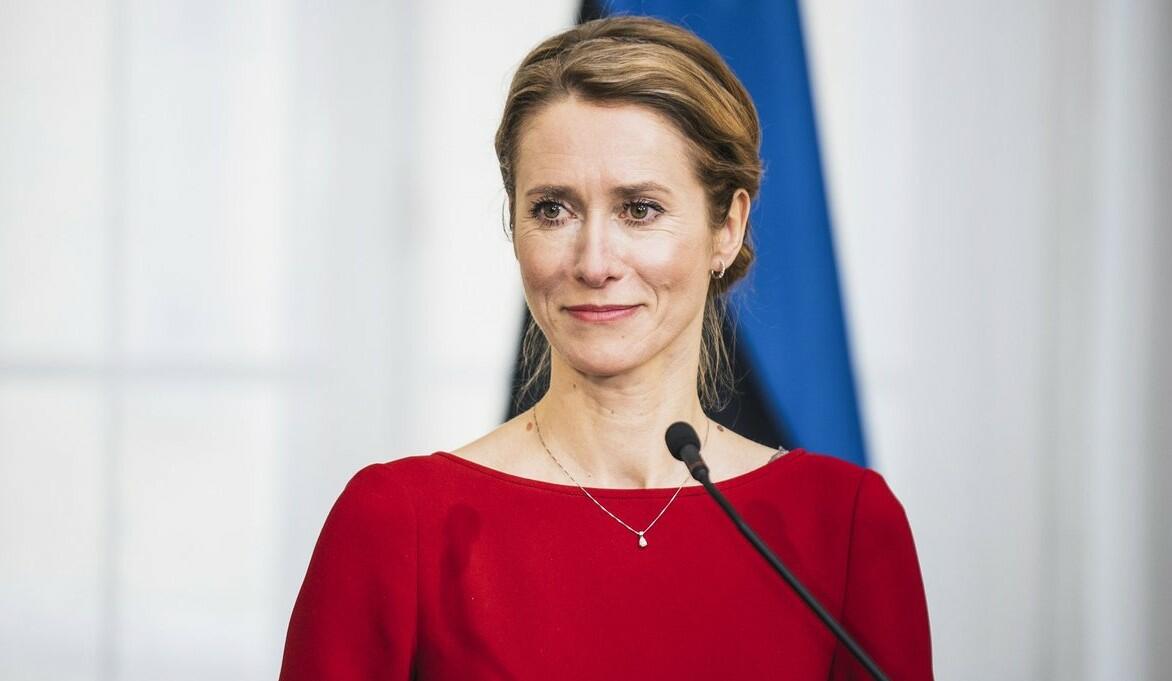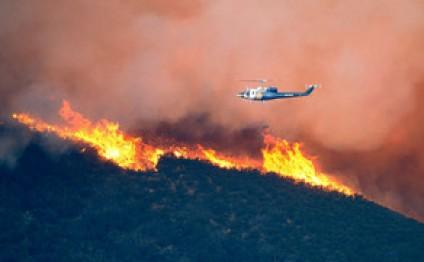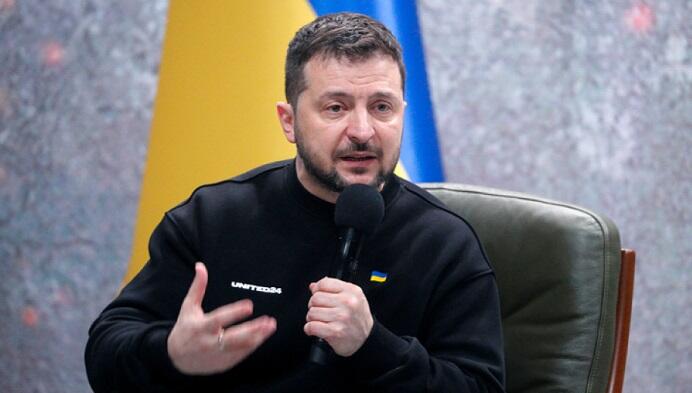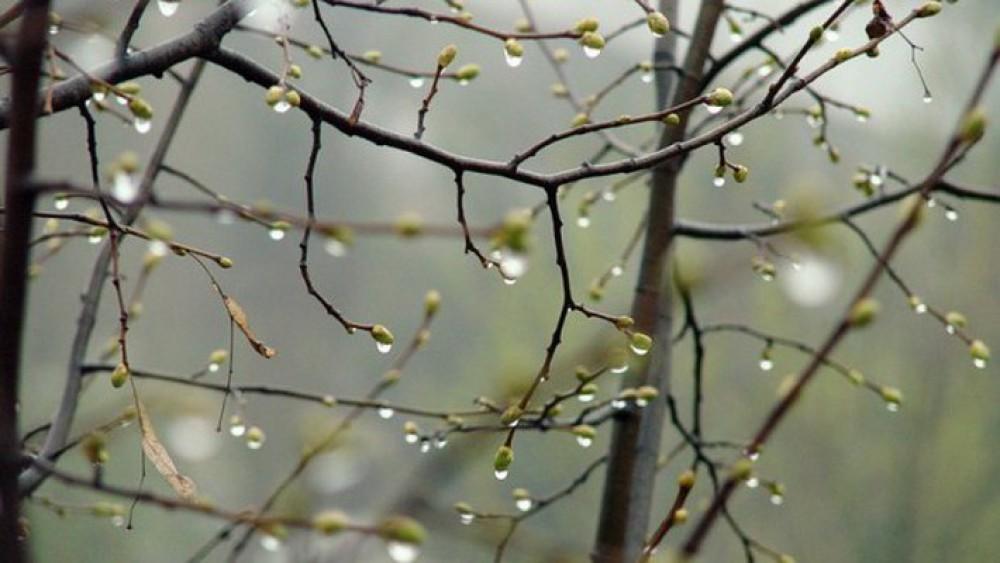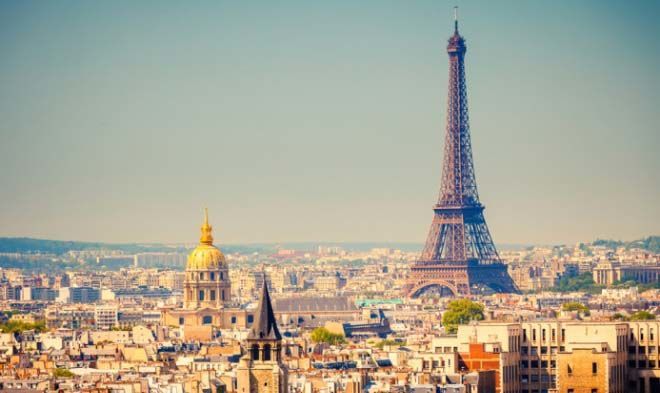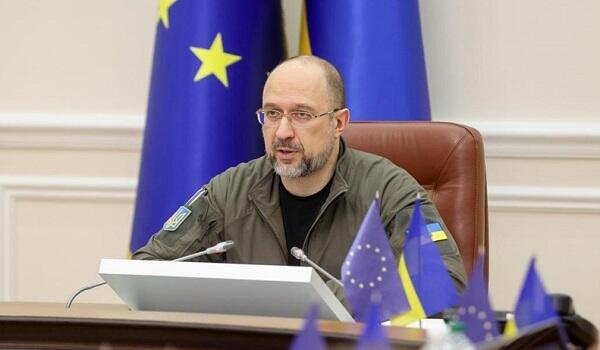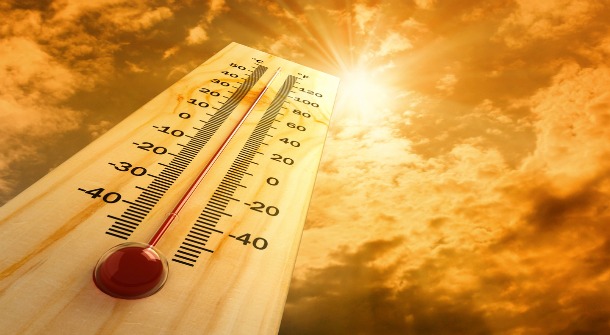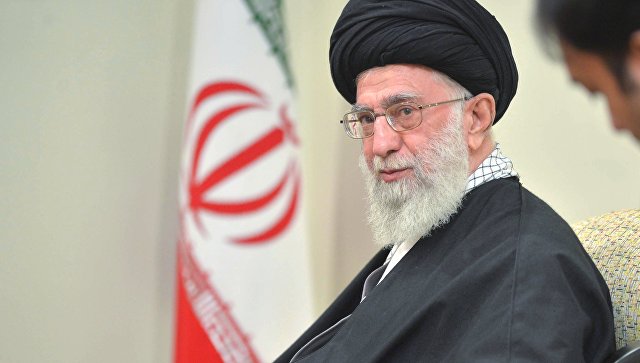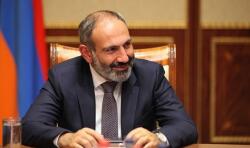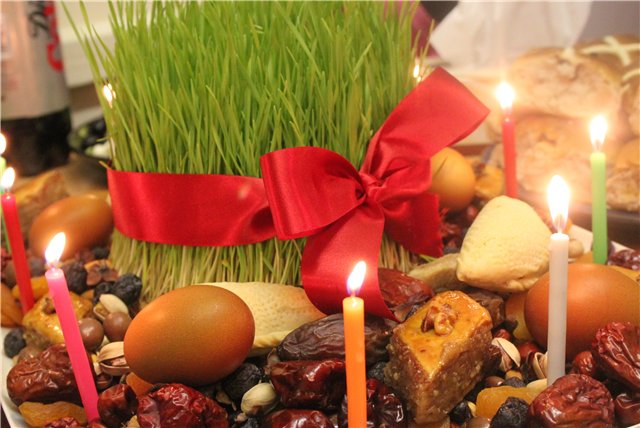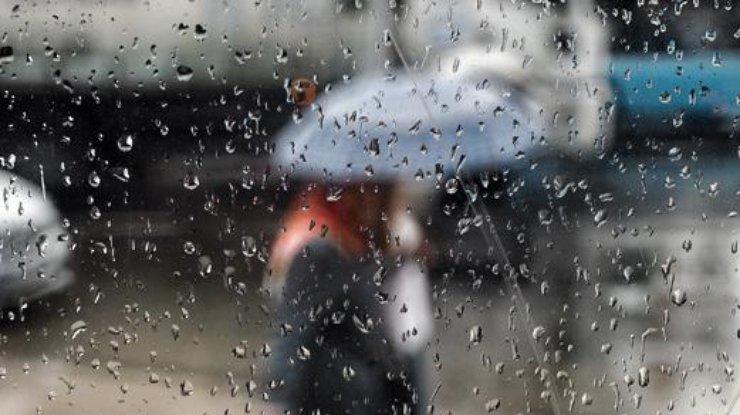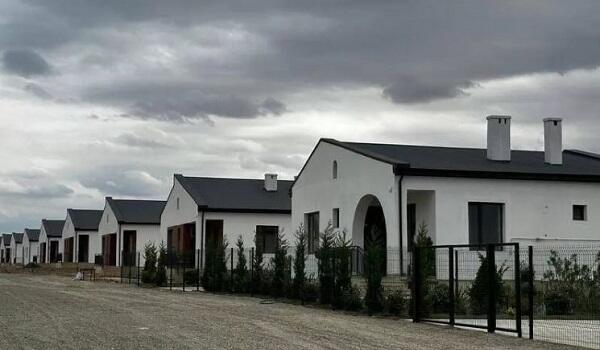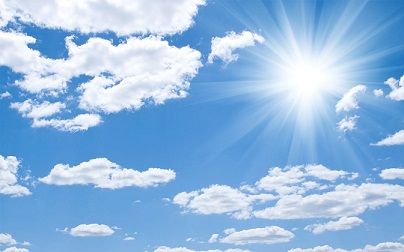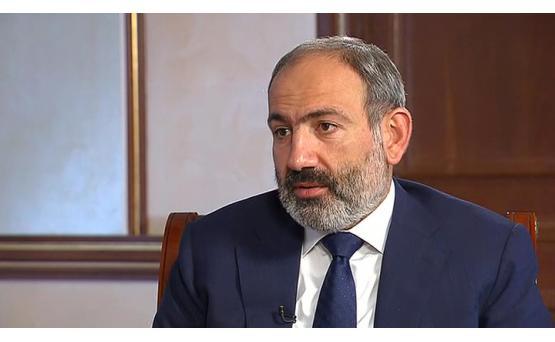Axar.az presents the article "Novruz in Azerbaijan" by PhD Cand. Baku State University Kholidah Tamami:
"Every year approximately 300 million people celebrate this day with their families around the table full of Novruz decorations as well as traditional sweets and meals specially made for this day. Noruz is the Iranian New Year, also known as the Persian New Year, which is celebrated worldwide for over 3000 years by diverse communities in Western Asia, Central Asia, the Caucasus, the Black Sea Basin, the Balkans, and South Asia. The word Novruz is a combination of Persian words Nowruz. Now—meaning "new"—and ruz—meaning "day". The festival was added to the UNESCO List of the Intangible Cultural Heritage of Humanity in 2010.
Nowruz holiday which usually occurs at the spring equinox on or around March 21 on the Gregorian calendar has Iranian Zoroastrian origins. In Zoroastrianism, the seven most important Zoroastrian festivals are the six Gambar festivals and Nowruz. Iran and Afghanistan were the only countries that officially celebrated the Nowruz festival before the collapse of the Soviet Union. When Caucasian and Central Asia gained independence from the Soviets, they also declared Nowruz as a national holiday.
In Azerbaijan preparation for Nowruz begins a month before usually is held every Tuesday which indicates the end of winter and the start of spring during four weeks before the holiday of Nowruz. Each of four Tuesday represents one of the four elements - water, fire, earth and wind which all the universe is made of. The first Tuesday is referred to as Su Charshanbasi that represents water and celebrates its purifying nature. There is a belief that the revival of nature begins with the renovation of water. The common tradition of this day is dropping a few drops of water to the corners of the house in order to replace negative energy with a positive and fresh one.
The second Tuesday relates to the element of fire. The celebration of the so-called "Fire Tuesday" (Od Charshanbasi) means of purification from all evils and the triumph of good over evil. People believe that celebrating Fire Tuesday will bring a warm and fertile year to their land. It is usually celebrated in the evening by performing rituals such as jumping over bonfires and lighting off fireworks. In the evening men make big bonfires in every yard and all people including children and women jumps over it asking the fire to take away ill-health and problems and replace them with warmth, health, and clean energy.
Popularly known as "Windy Wednesday" is the third of the following Tuesdays. It is believed that the wind that wakes up this Tuesday wakes up the water, and helps to set the fire in motion. This also symbolizes the awakening of nature and life.
The last - fourth Tuesday represents earth, known as “Earth Tuesday" or “The Last Tuesday”. It is believed that on this day nature revives again. In Azerbaijani, the last Tuesday is the most important day among the four and hold special traditions related to this day. One candle is being lit in the name of each family member. One should not put out candles, it should burn itself to the end. To give away matches, fire or oil to neighbours is not allowed. People jump over the water before sunrise to wash away all negative energy of the past year.
On the next Tuesday, or on the evening of Novruz, after sunset people secretly go to the neighbour's door. They stand near the door and listen to the conversations of people inside a house. There is a belief that if people inside talking good, then the dreams of listeners will come true. That's why everybody tries to make heartwarming conversations at home on the last Tuesday.
Holiday specialities are the essential attributes of Nowruz. Traditional sweet pastries and dry food are the main menu besides kababs and plovs. Main sweets of Nowruz are prepared in every house: pakhlava, shakarbura, shorgoghal etc. Samani - the wheatgrass is the most important element of big Nowrooz tray is placed in the middle of the table as long as with painted eggs and candles for each family member, sweets and dry fruits.
People decorate the Nowruz table with seven kinds of food which names start with the 's' letter. These are the serkeh - a vinegar, represents age and patience, sumac - a kind of spice, represents sunrise light overcoming darkness, seer - garlic, represents medicine and good health, senjed - oleaster, a sweetened dry food represents love, sabzeh - wheat, barley, mung bean, or lentil sprouts grown in a dish, is the symbol of rebirth and growth, Samanu - wheat germ sweet pudding, the symbol of power and strength, and seeb - an apple that represents health and beauty.
Children leave their hats and knock on the doors of neighbours hoping for sweets like shakarbura and pakhlava or some candies. According to belief, young girls can see their future husbands by looking to a mirror with a candle in their hands.
Every year at the centre of Baku in ancient Ichari Shahar (Old City) the biggest Nowruz celebration takes place. President Ilham Aliyev with his family and representatives of government participate in this festival trying some rituals also to congratulate whole nations as well as all Muslims around the world. They usually have conversations with the symbols of Nowruz Kosa and Kechel, and participate in an egg-breaking competition, in which usually the president wins.



